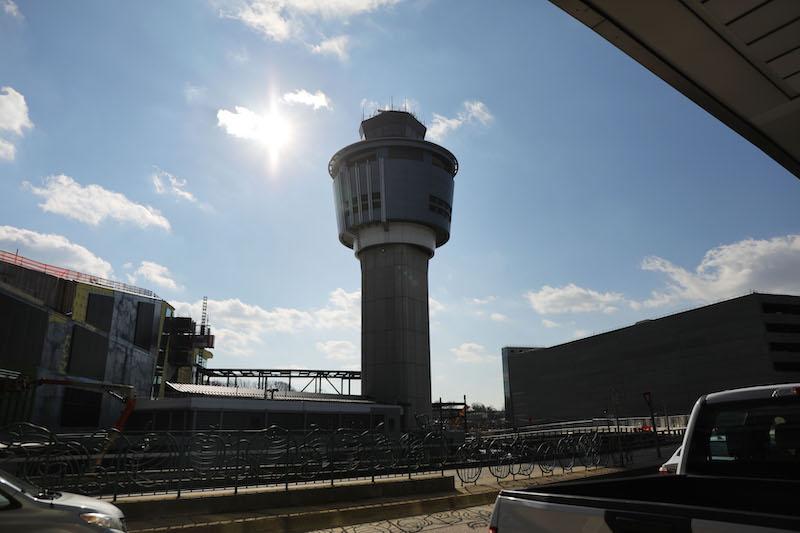FAA Extends Slot Relief At New York Airports, Washington National Through Late October 2024

New York LaGuardia Airport is one of the airports facing capacity constraints due to ATC staffing issues.
The agency had recently extended the waivers through Oct. 28, 2023, permitting airlines to not use their slots at the capacity-constrained airports—including New York John F. Kennedy International Airport (JFK), New York LaGuardia Airport (LGA) and Newark Liberty International Airport (EWR)—without fear of having them pulled and given to another carrier. But the FAA says in a statement that the “number of certified controllers” staffing the New York Terminal Radar Approach Control (TRACON) facility (N90) is “still not sufficient to allow the FAA to handle normal traffic levels.”
The agency adds that it “continues to expect that airlines will operate larger aircraft to transport more passengers, have sufficient ground crews to service the larger aircraft and make sure passengers are fully informed about any possible disruptions.”
In a public notice issued by the FAA detailing the slot waiver extension, the agency cited “post-pandemic effects on [ATC] staffing at [N90],” adding: “Carriers will be permitted to voluntarily return up to 10% of their slots held at JFK and LGA, as well as impacted slots at DCA,” through late October 2024. Additionally, the FAA says it is implementing “a limited policy for prioritizing returned operations at [EWR] … for purposes of establishing a carrier’s operational baseline in the next corresponding season.”
At last week’s Global Aerospace Summit in Washington, D.C., Airlines for America (A4A) President and CEO Nicholas Calio said there is “no relief in sight” for controller staffing shortages. He pushed the FAA to extend slot flexibility through the end of the 2024 summer season, and the agency has met that request.
Also speaking at the summit, JetBlue Airways CEO Robin Hayes said controllers “are doing a great job” given “they are having to work six-day weeks … It is extremely challenging for them.” Hayes added that a 10% reduction in flights at the affected airports “was just not enough,” explaining that “even on days where we saw industry cancel flights and weather move out, it took us a long time to get going again.”
In its notice, the FAA said that “airspace complexity resulting from the close proximity of the major commercial airports serving the New York City region is a significant contributing factor to delays at JFK, LGA and EWR,” adding: “Against this challenging backdrop, N90 is also facing staffing shortfalls that are impacting its ability to efficiently manage the volume of air traffic in this congested airspace. The FAA has made it a top priority to address these capacity constraints, including by dedicating significant resources to training a new air traffic controller workforce, and these efforts remain ongoing.”
The FAA adds it “expects carriers to maintain connections between the affected airports and regional airports to the extent possible in support of continuous scheduled interstate air transportation for small communities and isolated areas."
